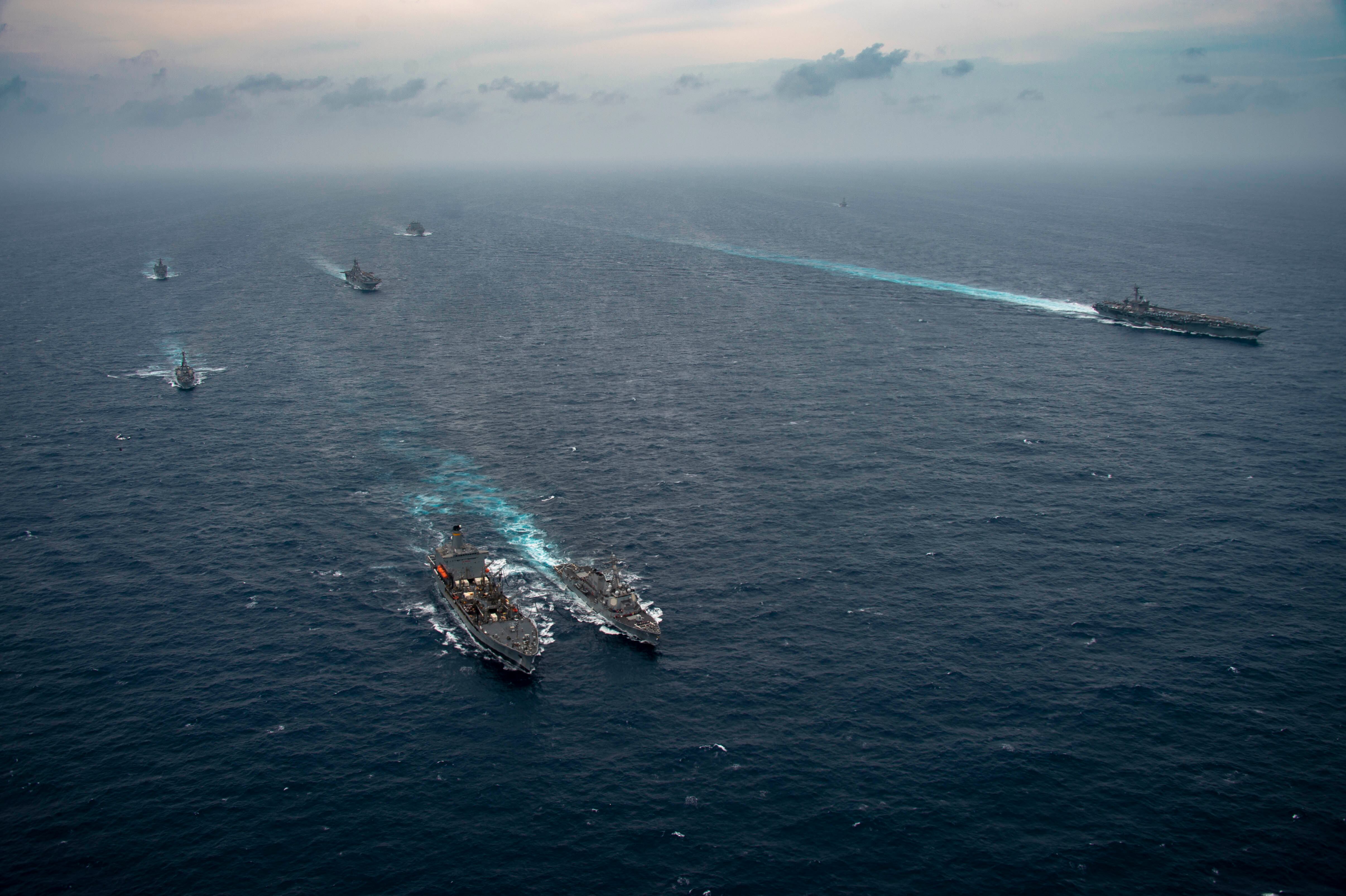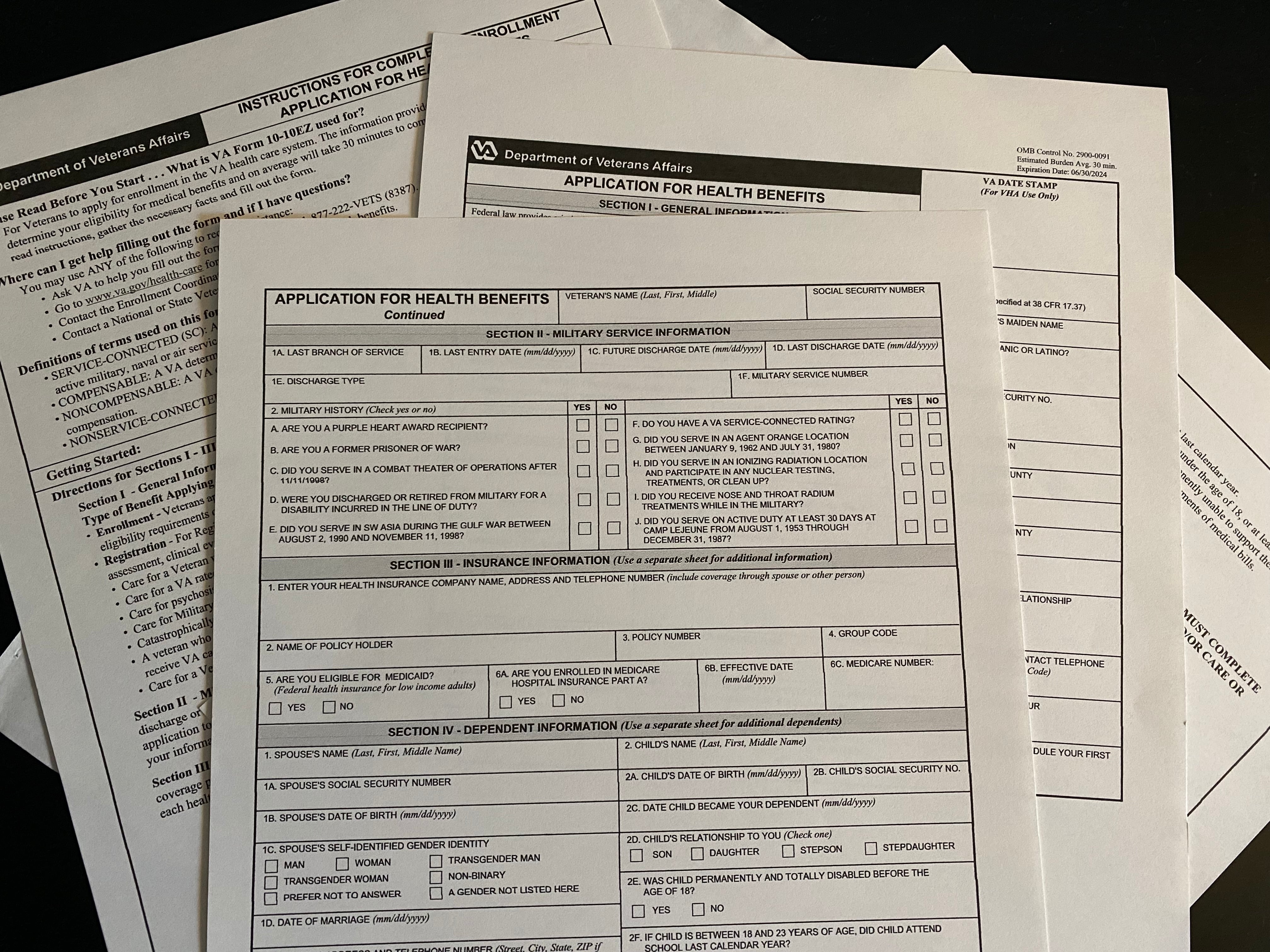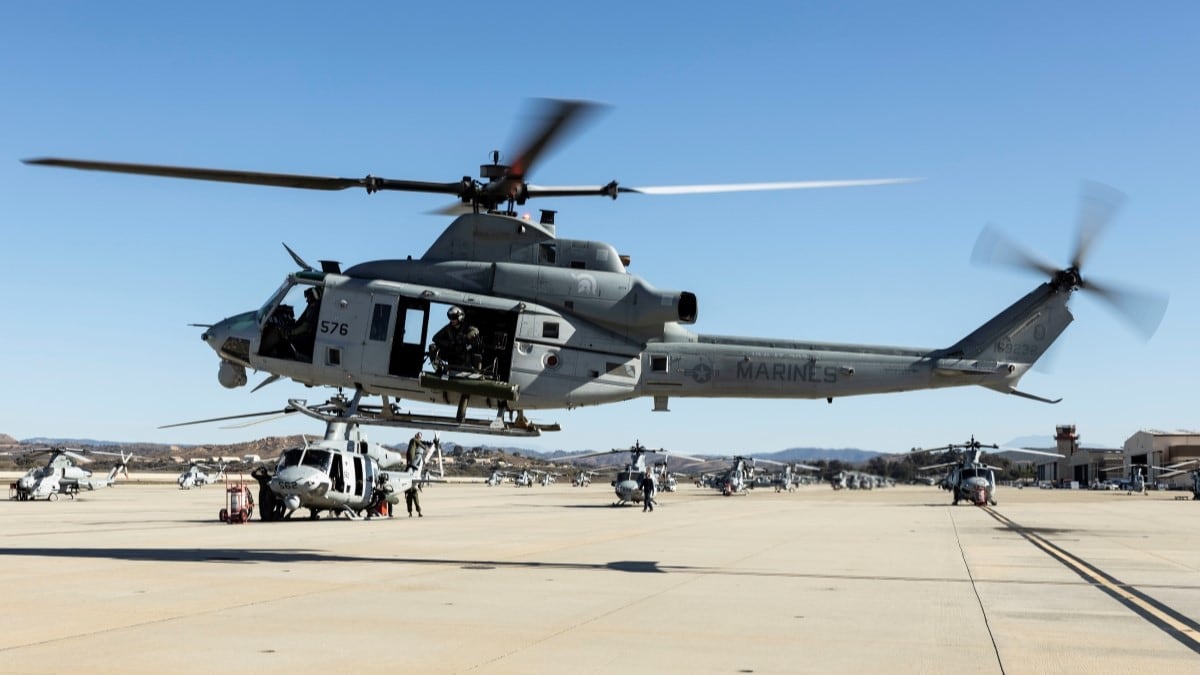NATIONAL HARBOR, Md. — The upcoming National Defense Strategy will highlight “campaigning forward” as a pillar of future operations, and top naval leaders say the force is already moving in this direction.
Commandant of the Marine Corps Gen. David Berger described campaigning forward as an extension of what the Marine Corps already does.
“Having the Coast Guard, Navy, Marines present — and I would argue special operations as well — forward all the time, not fighting their way in but forward all the time, gives the [defense secretary] a better picture of what’s in front of him,” he said while speaking at the Navy League’s annual Sea-Air-Space conference.
Campaigning forward represents the “first opportunity to deter” an adversary, he said, and “you’re already in places they want to be. If they want to extend beyond the South China Sea, if you’re [China] — if you want to extend your defense line farther and we’re already there — it makes it much more difficult.”
Chief of Naval Operations Adm. Mike Gilday said during the panel discussion that a persistently present fleet could make China think twice about taking action against its neighbors, or at least help ensure the world sees what’s really going on.
“Think about how important it was for the United States, and the world, really, with respect to Russia’s activity into Ukraine: We took away his [President Vladimir Putin’s] strategic surprise, we took away his operational and tactical surprise, we pulled the rug out under Vladimir Putin with respect to his ability to use false flag operations as a pretext to cross the border and invade Ukraine,” Gilday said.
“Our ability to do that on a day-to-day basis in the Western Pacific, I would argue, is critically important. And you can’t do that virtually, you have to be there to assure allies and partners, to see that activity, to expose it,” he continued.
The Marine Corps added a “Stand-In Force” approach to its list of concepts under development for future operations to deter or defeat China, which the U.S considers a pacing threat. This concept supplements the traditional forcible entry amphibious force with one that’s already living and maneuvering within the enemy’s operating area. These two together — a stand-in force and a rotational expeditionary force — will support campaigning forward for the sea services.
For U.S. Pacific Fleet Commander Adm. Samuel Paparo, this vision isn’t far from how the fleet currently operates.
“We’re behaving that way now in the sense that we’re executing deny, defend, dominate. Deny objectives inside of the first island chain. Defend allies and partners along the first island chain. And dominate when outside the first island chain,” Paparo told Defense News on April 4 at the conference.
“Campaigning forward means the continued exercise of freedom of navigation, underscoring the fact that the United States naval service will fly and sail anywhere that international law [allows], and then our continued forward readiness to deter and, if deterrence fails, to fight and win any aggression that would upend the international rules-based order on which the nation’s security and wellbeing rests,” he added.
Berger said that for campaigning forward to work, the naval force must be “credible.” But Gilday has butted heads with lawmakers over his own approach to funding this credible forward force.
The CNO has focused on readiness for today and developing improved weapons and sensors for the near term, while pulling back on capacity and noting that he only wants a fleet as large as he can properly crew, train and sustain.
The fiscal 2023 budget request, released last week, would shrink the fleet from 298 ships today to 280 in fiscal 2027. Lawmakers agree the Navy must be ready to meet a near-term threat from China but argue the service needs more ships, not fewer, to create a credible deterrent.
Still, Gilday said current events in Ukraine support his strategy. “We need a ready, capable, lethal force more than we need a bigger force that’s less ready, less lethal and less capable,” he said.
He pointed to Russia as an example of what he wants to avoid. Despite Russia’s numerical advantage, Gilday said, the 125 battalion tactical groups the country positioned around Ukraine struggled due to training and sustainment problems.
“That’s not the force that any of us want. The investment strategy — if we want to flip that and make capacity king, we’ll end up with a force like that because you’ll pay for it with people, with ammunition, with training, with maintenance,” the CNO said.
He noted his service had to make difficult fiscal decisions, including requesting to decommission 16 ships that haven’t reached the end of their planned service lives but are costing the Navy money that it would rather invest elsewhere.
“I personally think we’re on the right path. That path is not popular with everybody in this room, certainly not on the Hill. But I believe it’s a responsible path, and I think it both fields a force today that’s ready to go and it invests in a force mid-decade and beyond that will serve us well,” Gilday told conference attendees.
Despite shrinking the fleet, he said the FY23 request maxes out industrial base capacity to build long-range and high-speed missiles: advanced capability torpedoes, Maritime Strike Tomahawk missiles, Standard Missile-6 1B missiles, Long-Range Anti-Ship Missiles, and Joint Air-to-Surface Standoff Missile—Extended Range. He also noted the request will give Navy aircraft, ships and submarines the capabilities they need to be more successful in the near to midterm.
Megan Eckstein is the naval warfare reporter at Defense News. She has covered military news since 2009, with a focus on U.S. Navy and Marine Corps operations, acquisition programs and budgets. She has reported from four geographic fleets and is happiest when she’s filing stories from a ship. Megan is a University of Maryland alumna.










